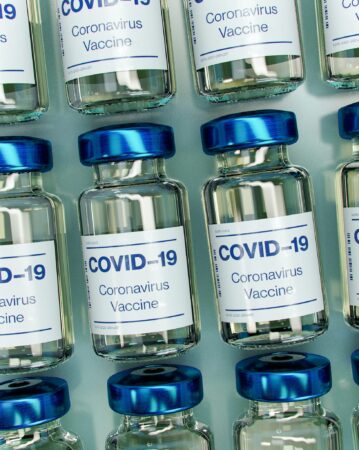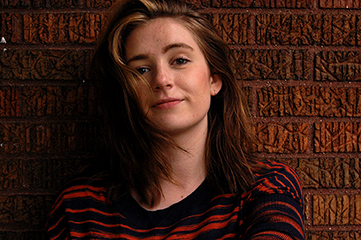News of promising vaccines for COVID-19 has brought many of us new hopes and new fears as the end of 2020 approaches. Scientists and Healthcare professionals, like those at Henry Ford Health System, have been worked hard since the virus reared its stinging head, to find treatment and solutions to it. But as vaccinations with high efficacy rates are announced, it is hard to not feel somewhat nervous about what can seem to be a hasty solution.
Current research at Henry Ford Health Systems, show the Moderna and Johnson & Johnson vaccines to be both safe and effective. Both of these vaccines are currently in phase three, which means they are being tested on thousands of people nationally, and internationally, to learn how to stretch their efficacy and safety.
The Moderna vaccine has met its goal for 30,000 national participants. Because of this, an interim analysis of the vaccine’s efficacy has been gathered, resulting in an efficacy rate of 94.5%. Of these 30,000 participants, over 700 were local to the Metro Detroit area and have been closely monitored by the Henry Ford Health System.
The trials for the Moderna vaccine are double-blinded, as well as administered at a one to one, vaccine to placebo, ratio. This means that none of the participants know if they were given the Moderna vaccine or a placebo injection, but each is administered at a rate of 50%. All information gathered about who is administered is reported straight to the sponsor.
Of the 30,000 nationwide participants, there have been a total of 95 who contracted the Coronavirus during trials. 90 of those 95 were administered a placebo, while 5 were administered the Moderna vaccine.
One of Henry Ford Health System’s goals for the Moderna vaccine trials was to include as many diverse participants as possible. In total, 30% of the Michigan participants were Black, Latinx, Asian, and of other diverse populations. According to the United States Census Bureau, the percentage of non-white residents in Michigan equates to 23.7%. This means the trial’s diversity accurately represents, if not overly represents, those who have been found more susceptible to Covid-19.
Kate Zenlea, the Managing Director for the global health initiative at Henry Ford, who is also leading the Covid-19 vaccine trials there, says, “That was a really big victory for us as that was a key driving factor in our development and recruitment strategies, to make sure that we were enrolling the participants that were at highest risk for Covid-19.”
After acknowledging this victory, Zenlea discusses the vaccine hesitancy nationwide that has taken place, much of which is due to what many perceive as a sped-up trial period.
There is vaccine hesitancy for a number of reasons, whether its anti-vaxxing, whether it’s a safety concern, whether it’s an efficacy concern, whether it’s given the very abbreviated timeline that we’ve used to get these vaccines out.
She continues, “I think what we can do on our part is make sure that we are educating the public and the community with the information we know as public health experts and as scientists, and infectious disease specialists.”
In terms of this education about Covid-19 vaccines, there are many factors as to why they have been able to make it to phase three so soon. “One of the reasons we were able to do this so quickly and get the vaccine to these interim analyses, is because we were able to recruit so quickly,” says Zenlea. Another reason, she says may be a factor, is the knowledge of, and research on, other coronaviruses that have taken place in the past.
Zenlea also discusses the similarities between Covid-19 vaccines and past ones on a trial level, “A lot of other vaccines have shown results similar to what we’ve shown after they reach that 30,000 [participant] mark. If we look back in history, almost any major severe adverse events or side effects are shown in those first few months.”
Thus, according to this knowledge, the Moderna vaccine is promising, since there hasn’t been any sort of safety or efficacy problems that are known for both the Moderna and the Johnson & Johnson vaccines. However, the Johnson & Johnson vaccine still needs participants to reach their goal of 60,000. Thus, no analysis has been done for phase three of this vaccine candidate.
If and when a vaccine has been approved, it is thought that the rollout will look very similar in Detroit as in other places. This means administration will start with the population of highest risk, and work its way to the lowest risk. Zenlea comments on this, taking into consideration the length of time it may take to vaccinate all the individuals interested, “Whether you are vaccinated or not I do suspect that we will be needing to [continue to] take precautions against Covid-19.”
There may still be unknowns about Covid-19 vaccines, but it may help to put our minds at ease knowing that scientists, infectious disease specialists, and public healthcare specialists are working hard to find solutions. We can help in our own way as well, by staying safe, adhering to safety guidelines, and if interested, volunteering to be one of the participants in phase three of the Johnson & Johnson trial vaccine.






















